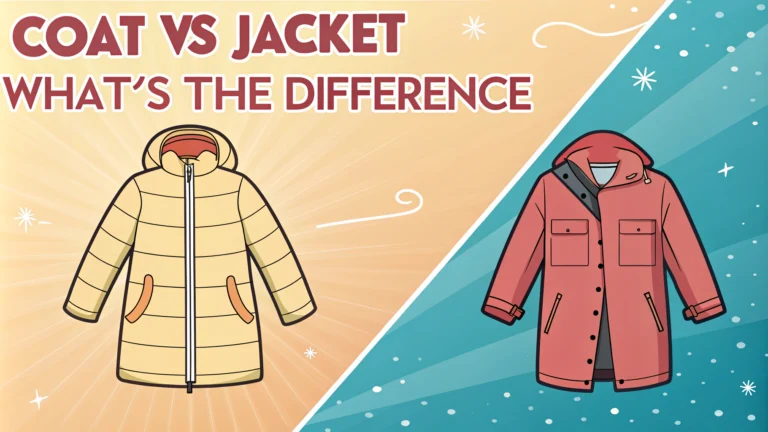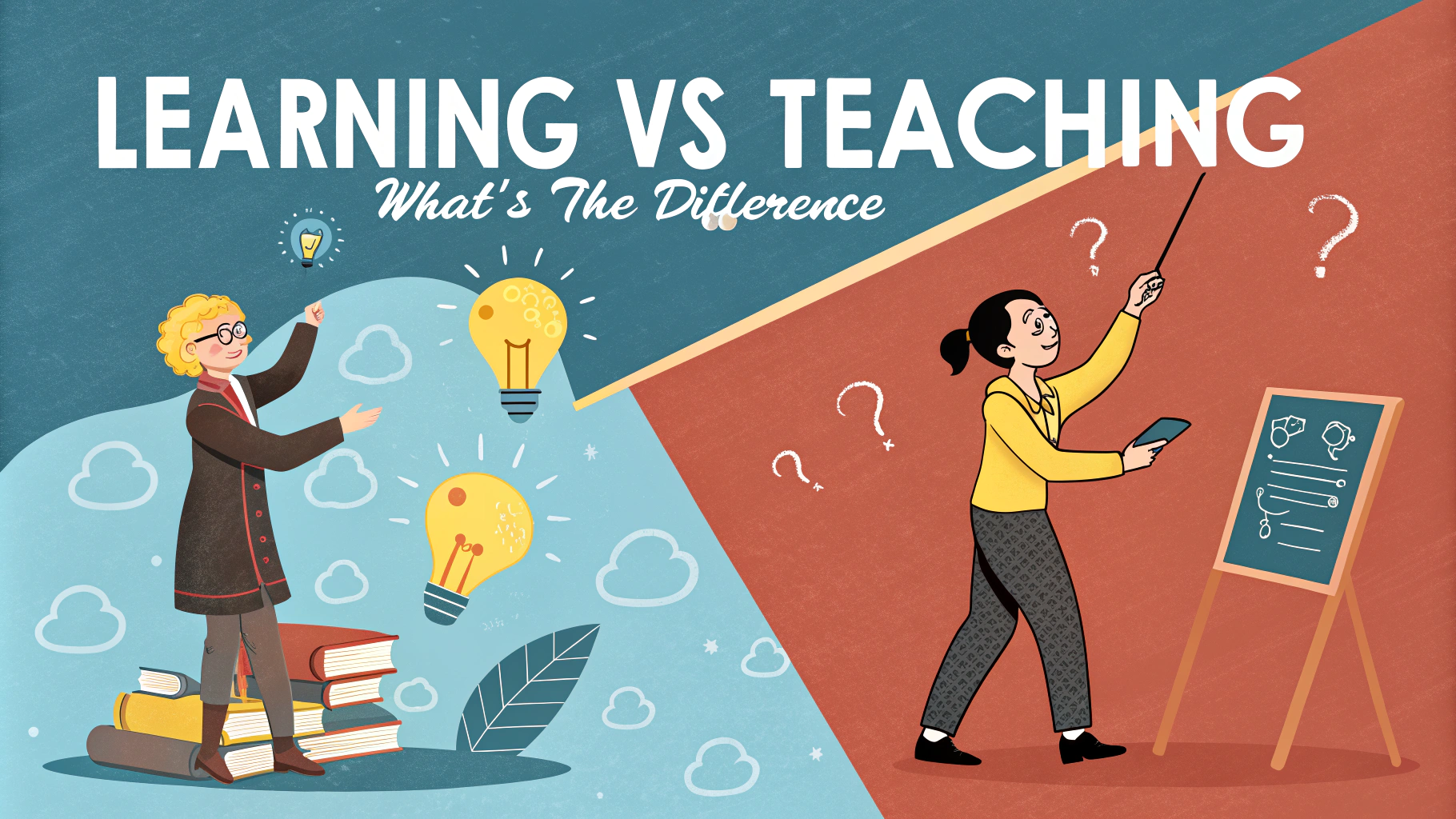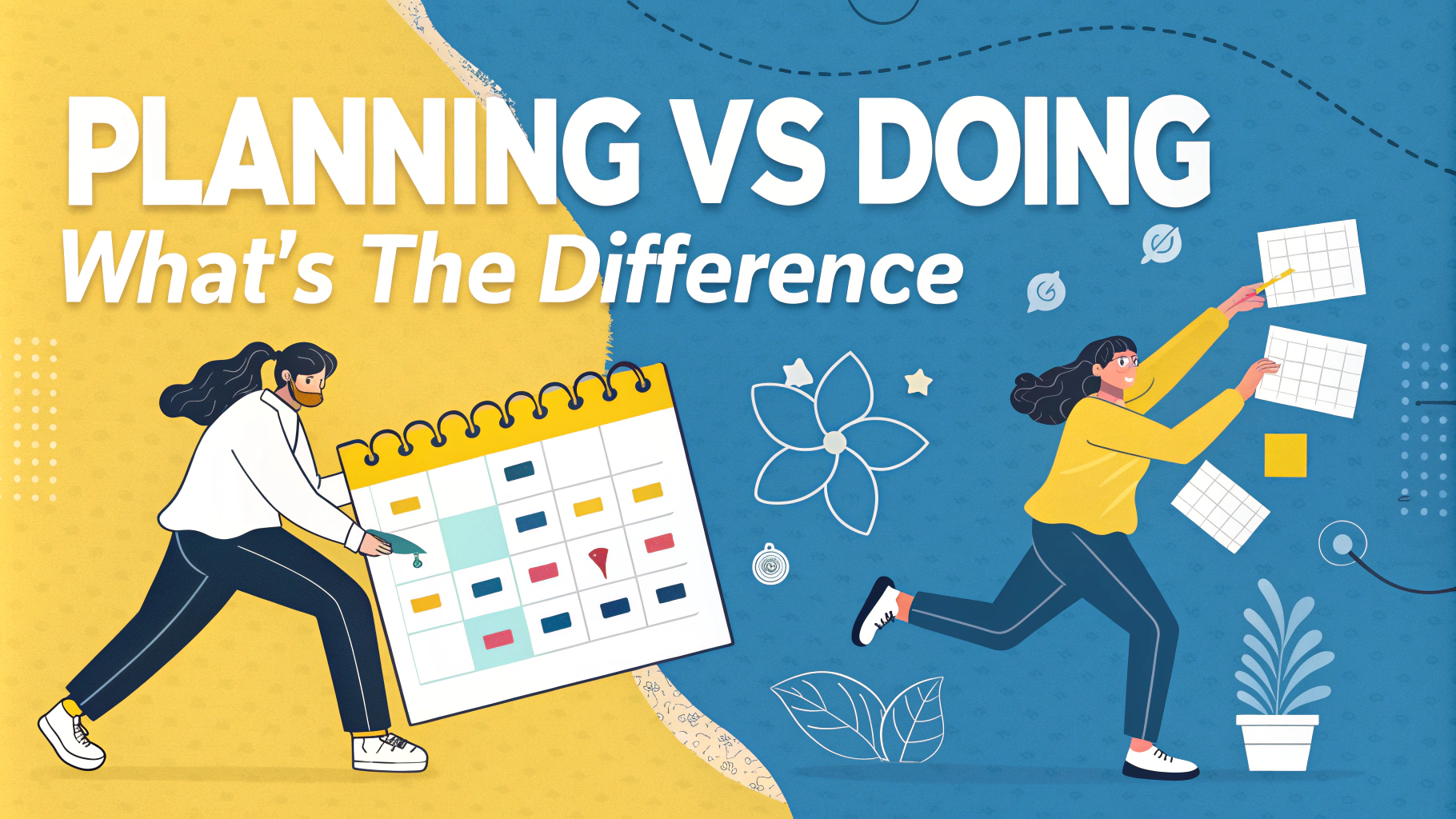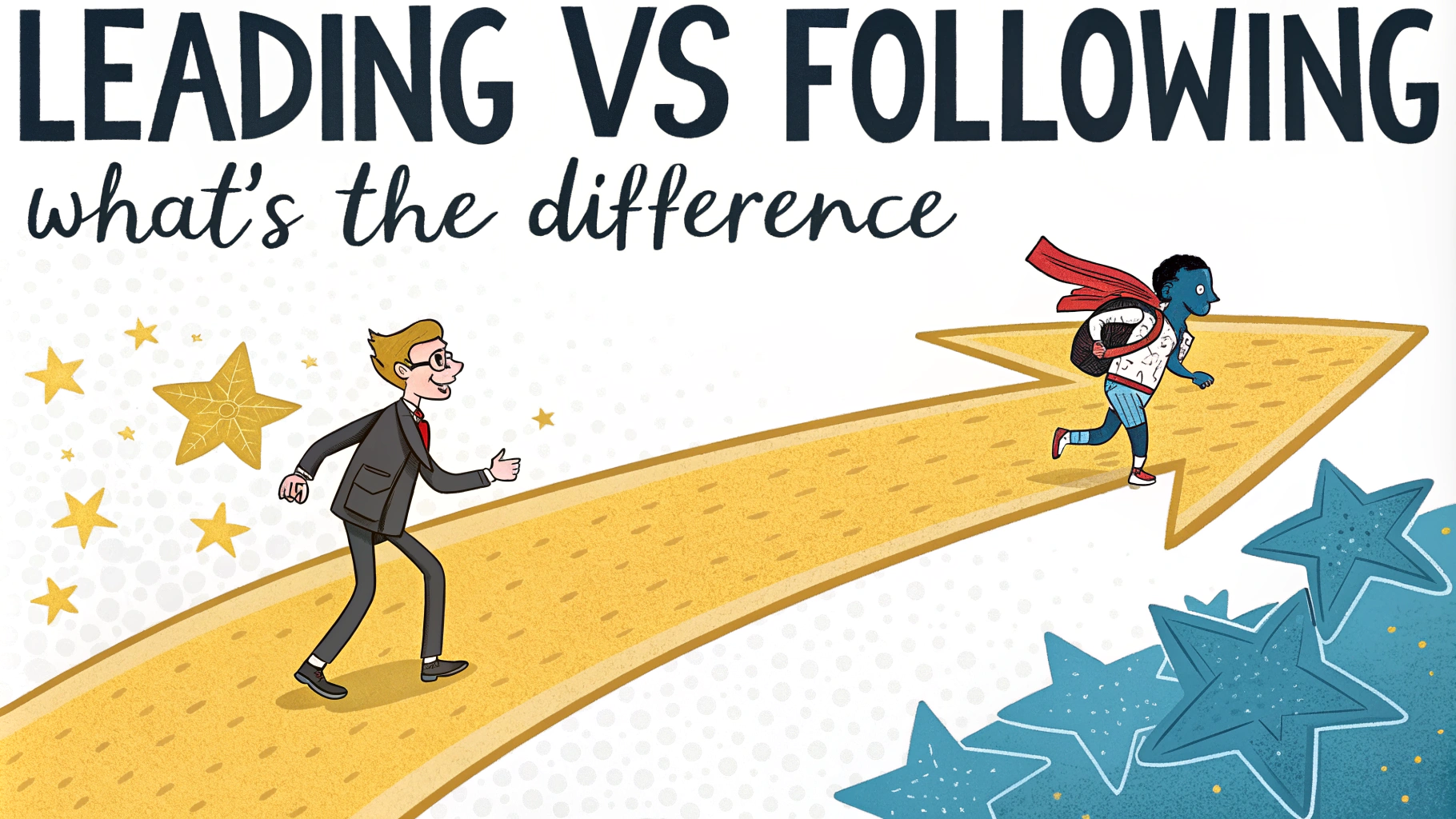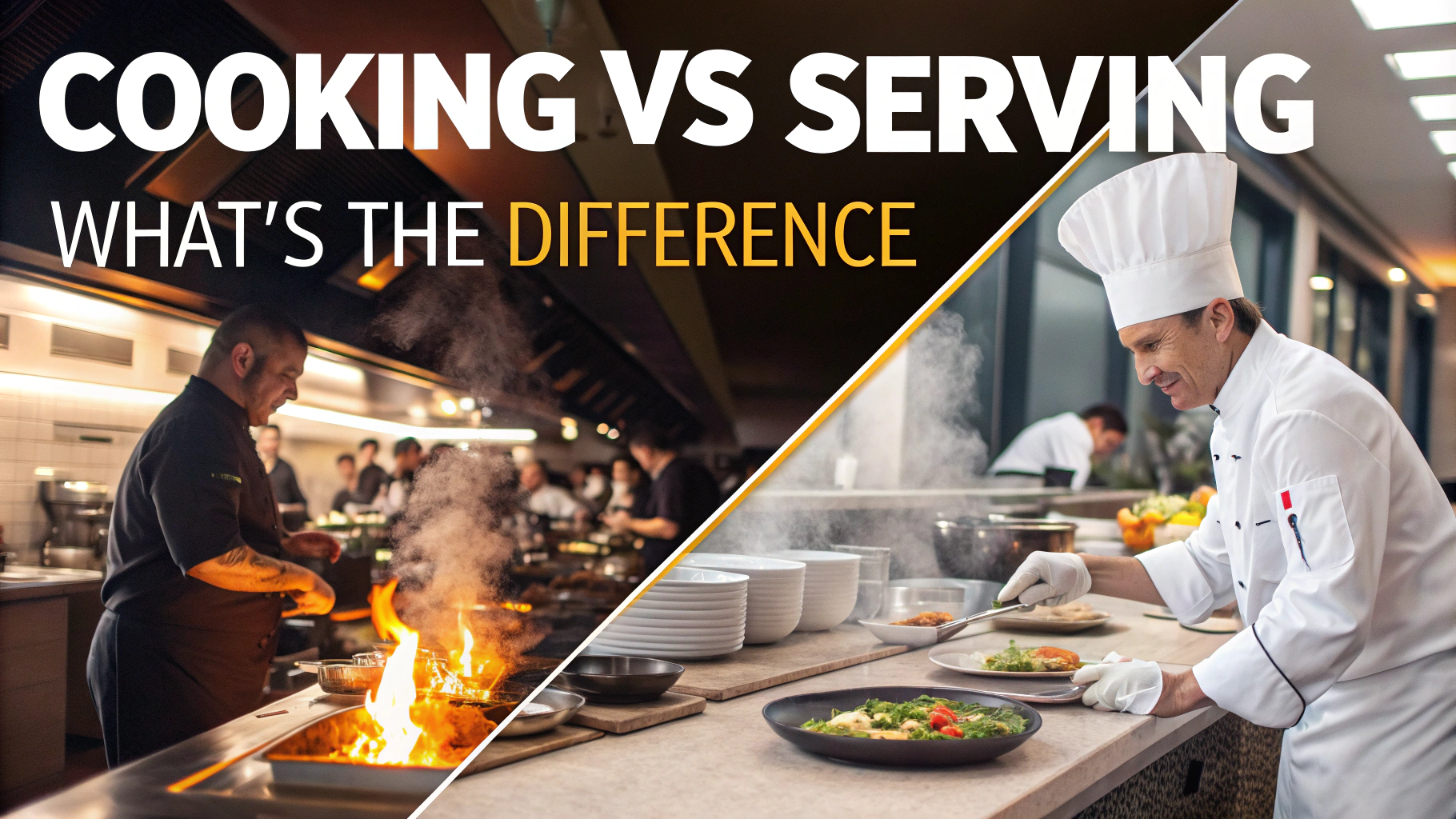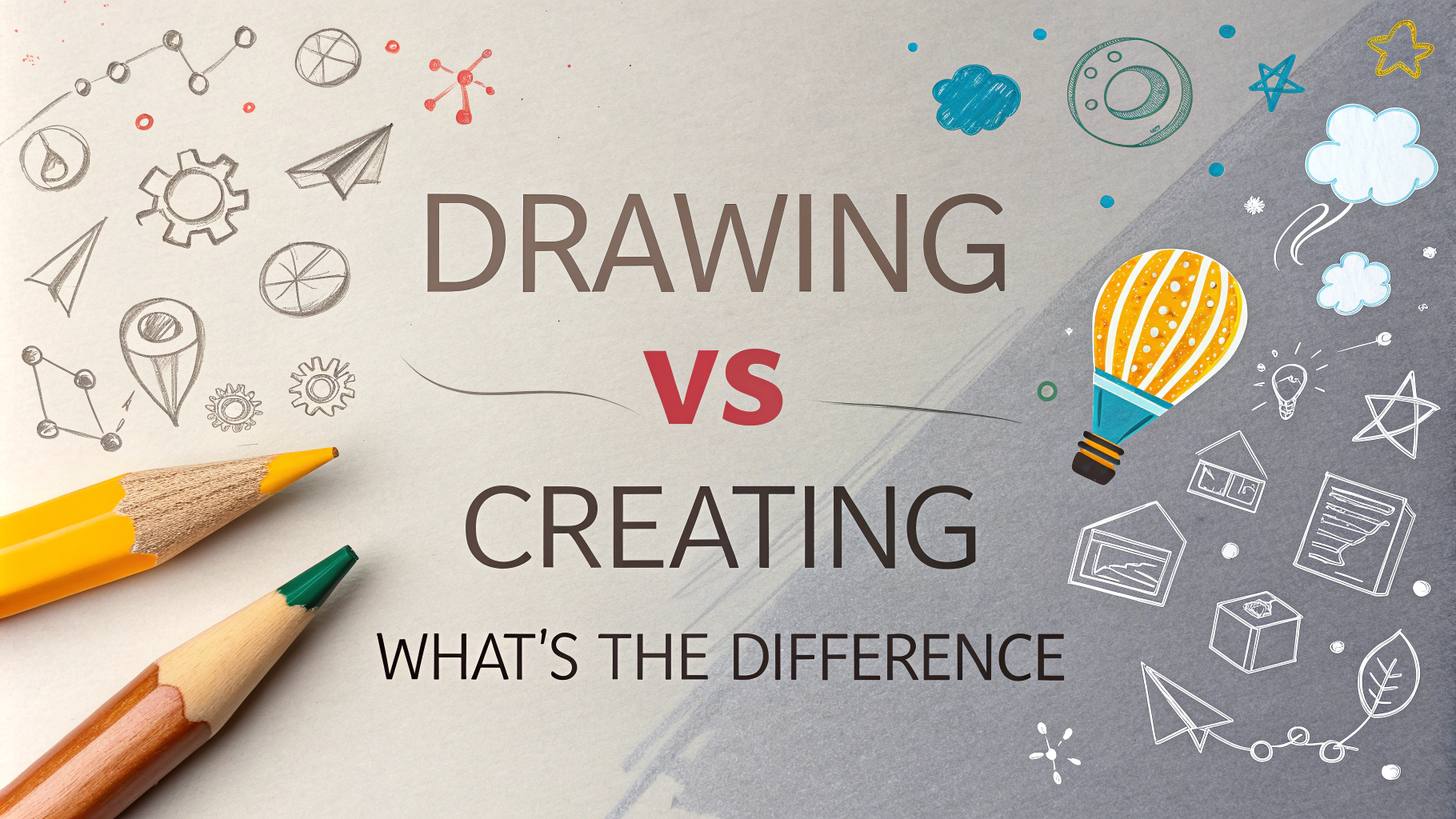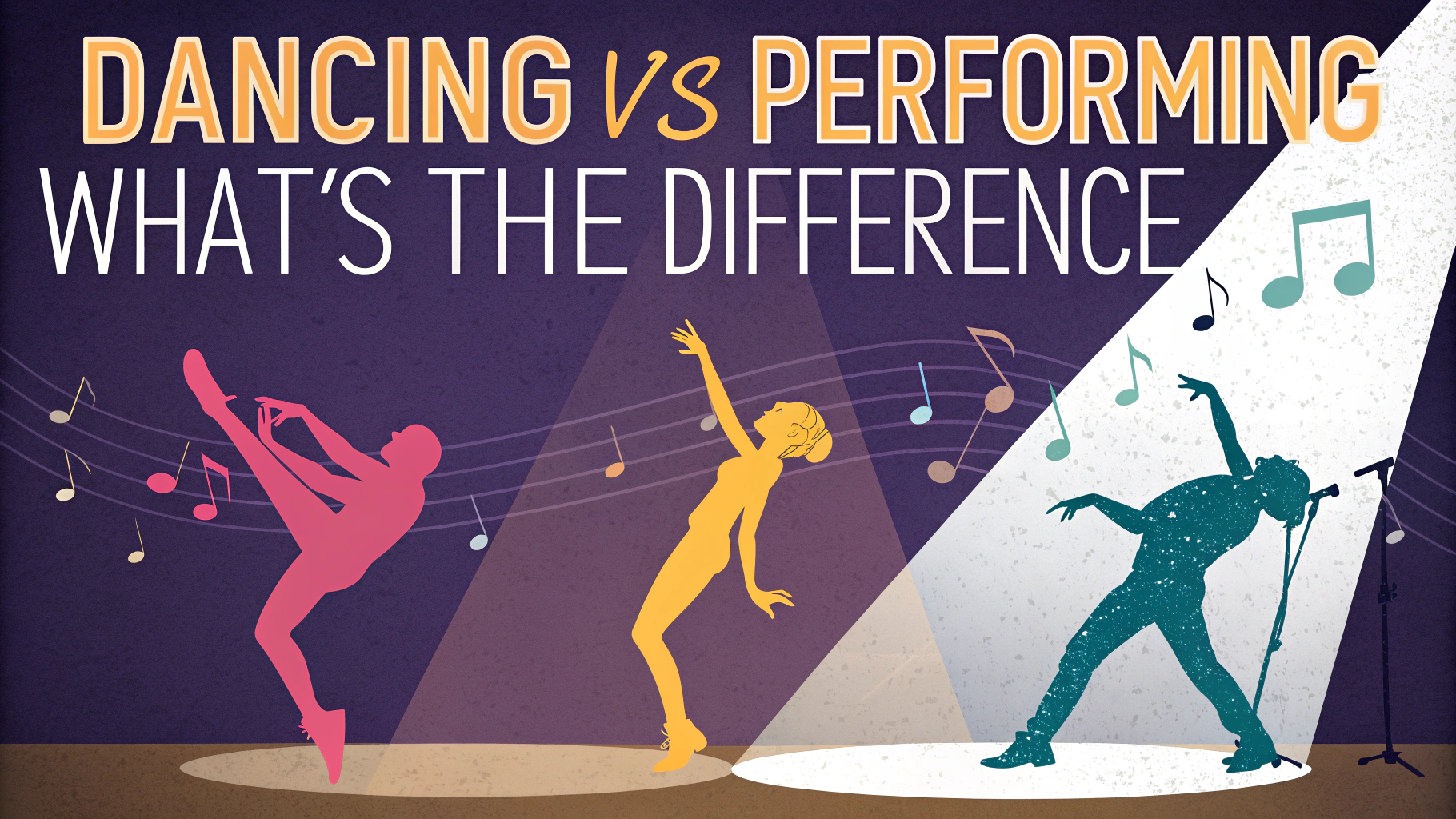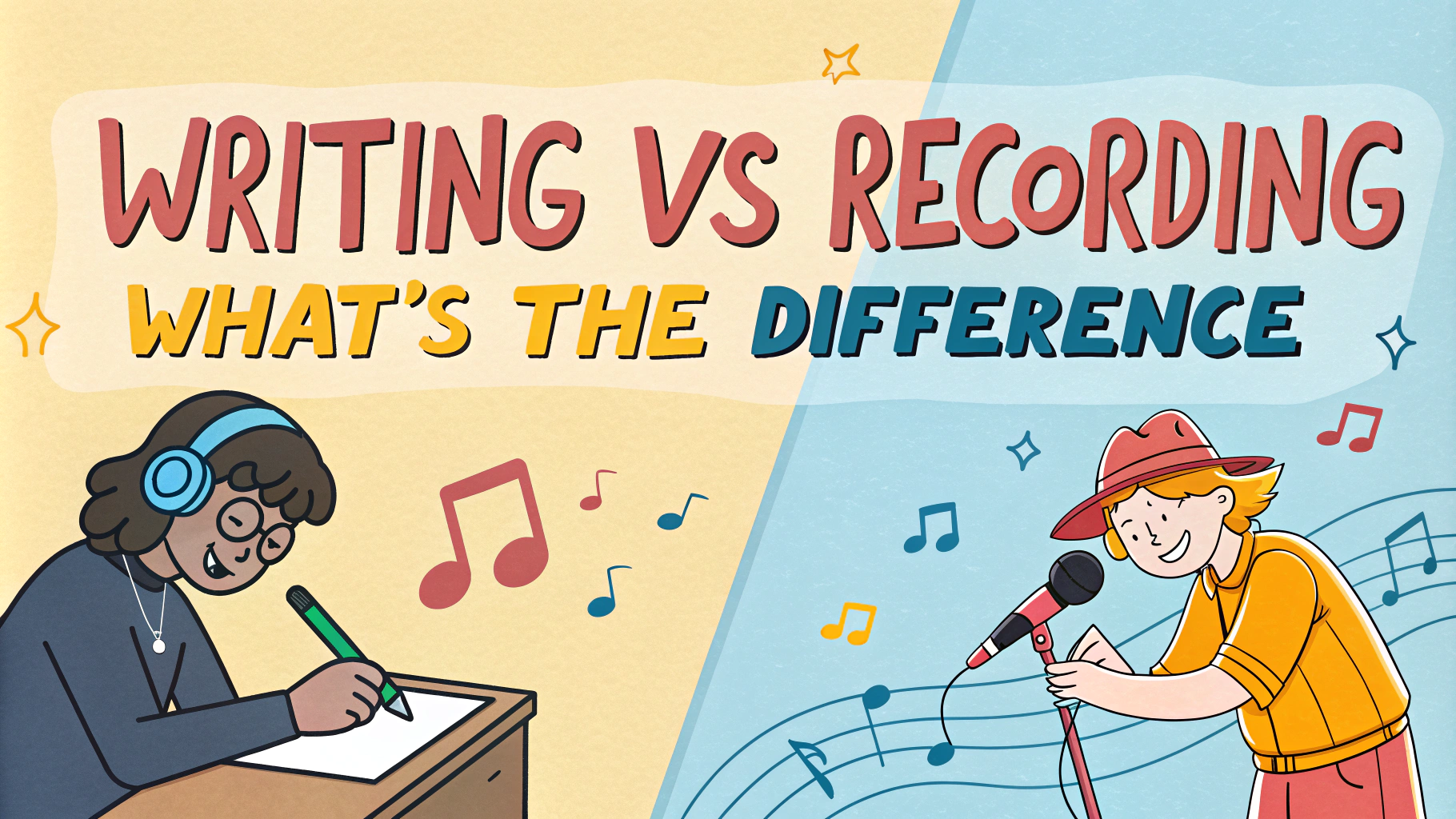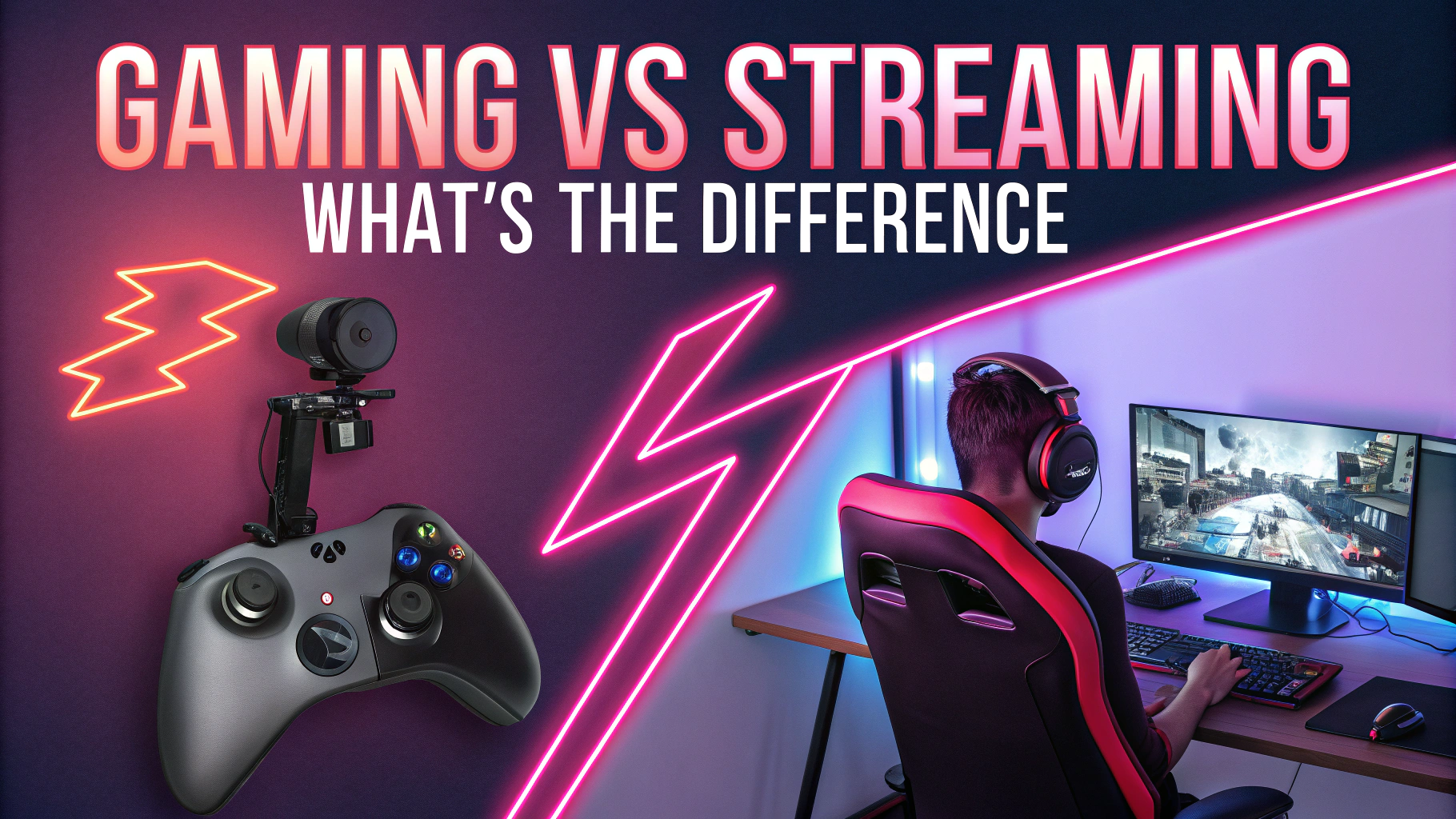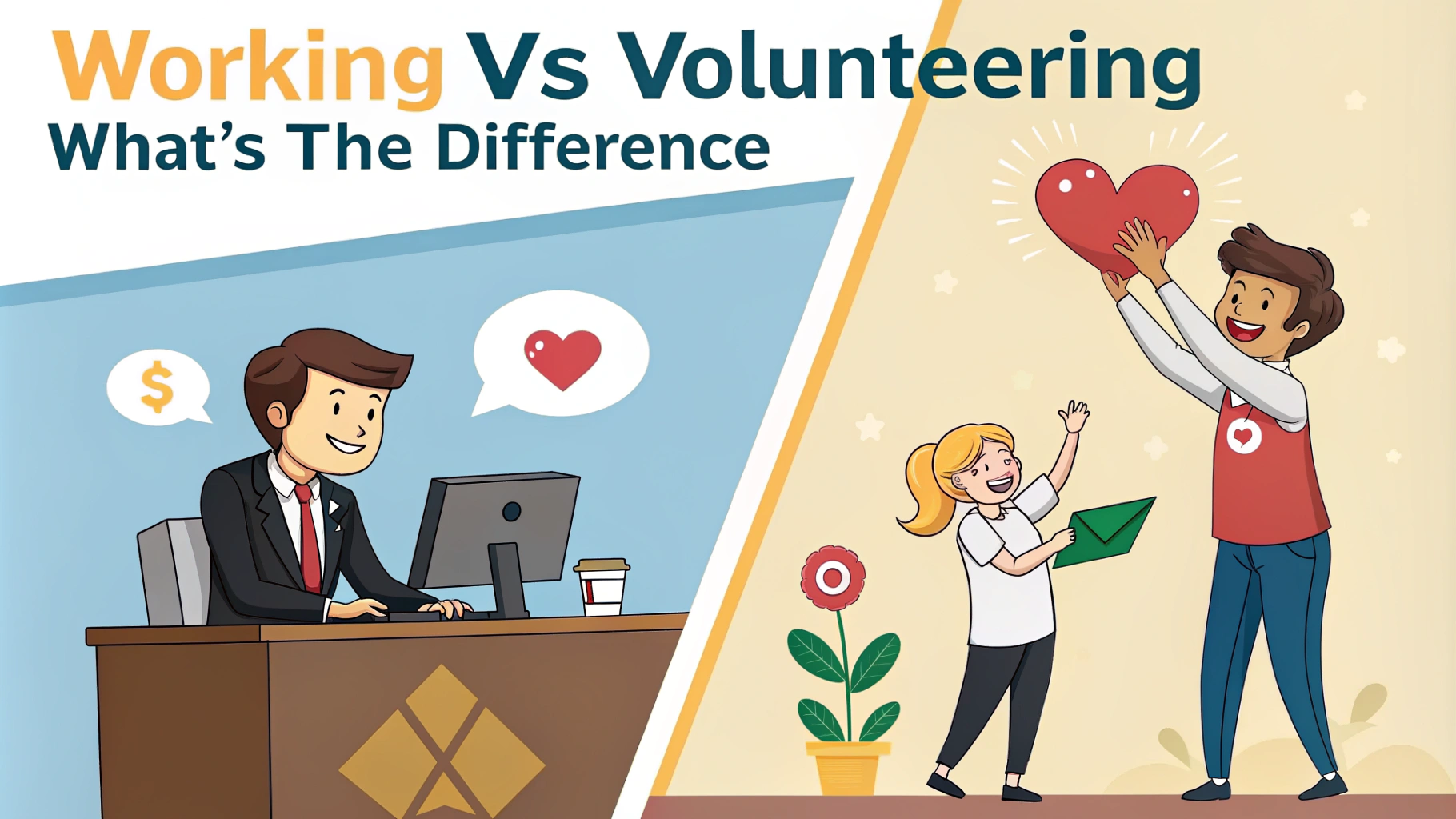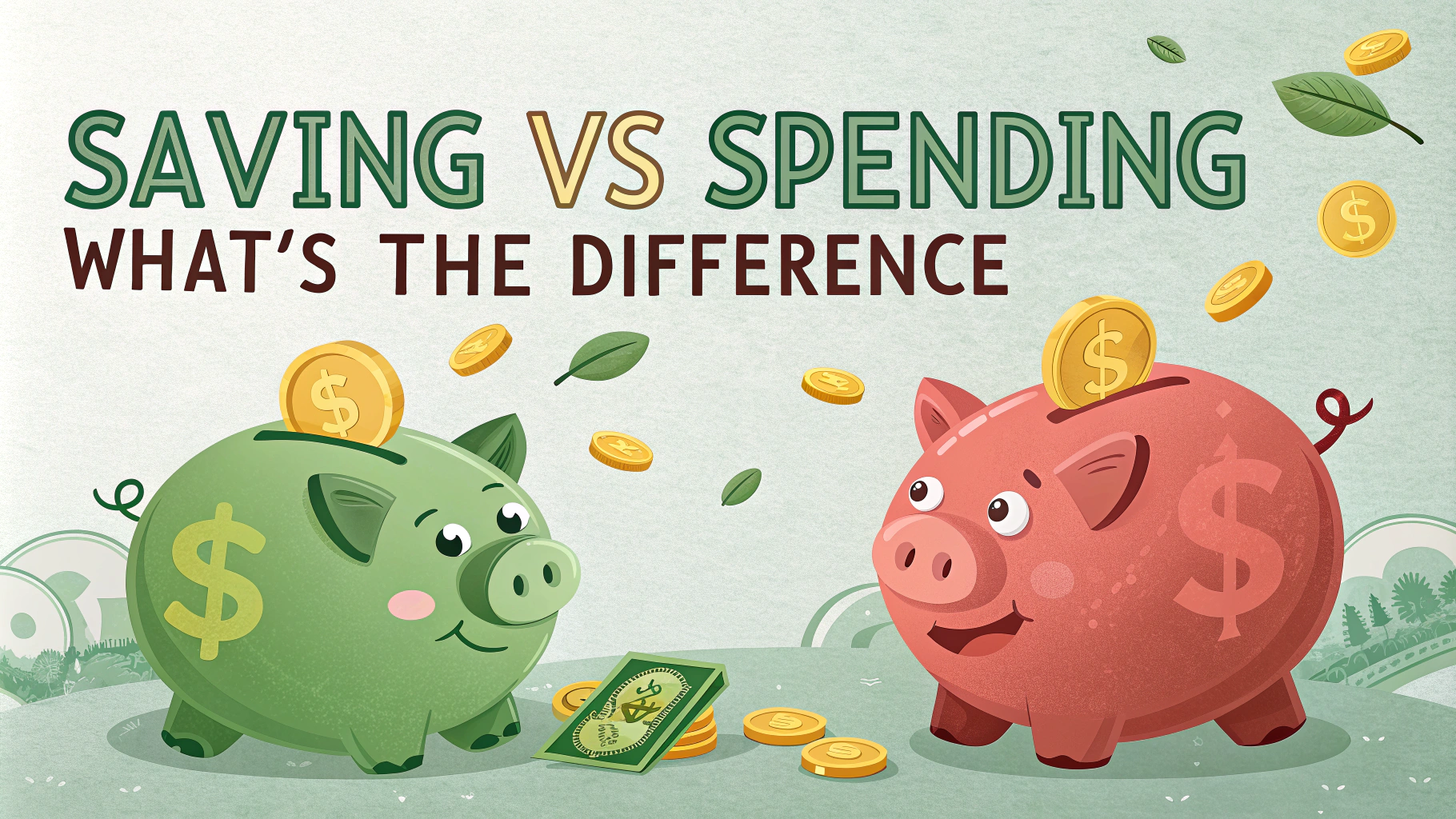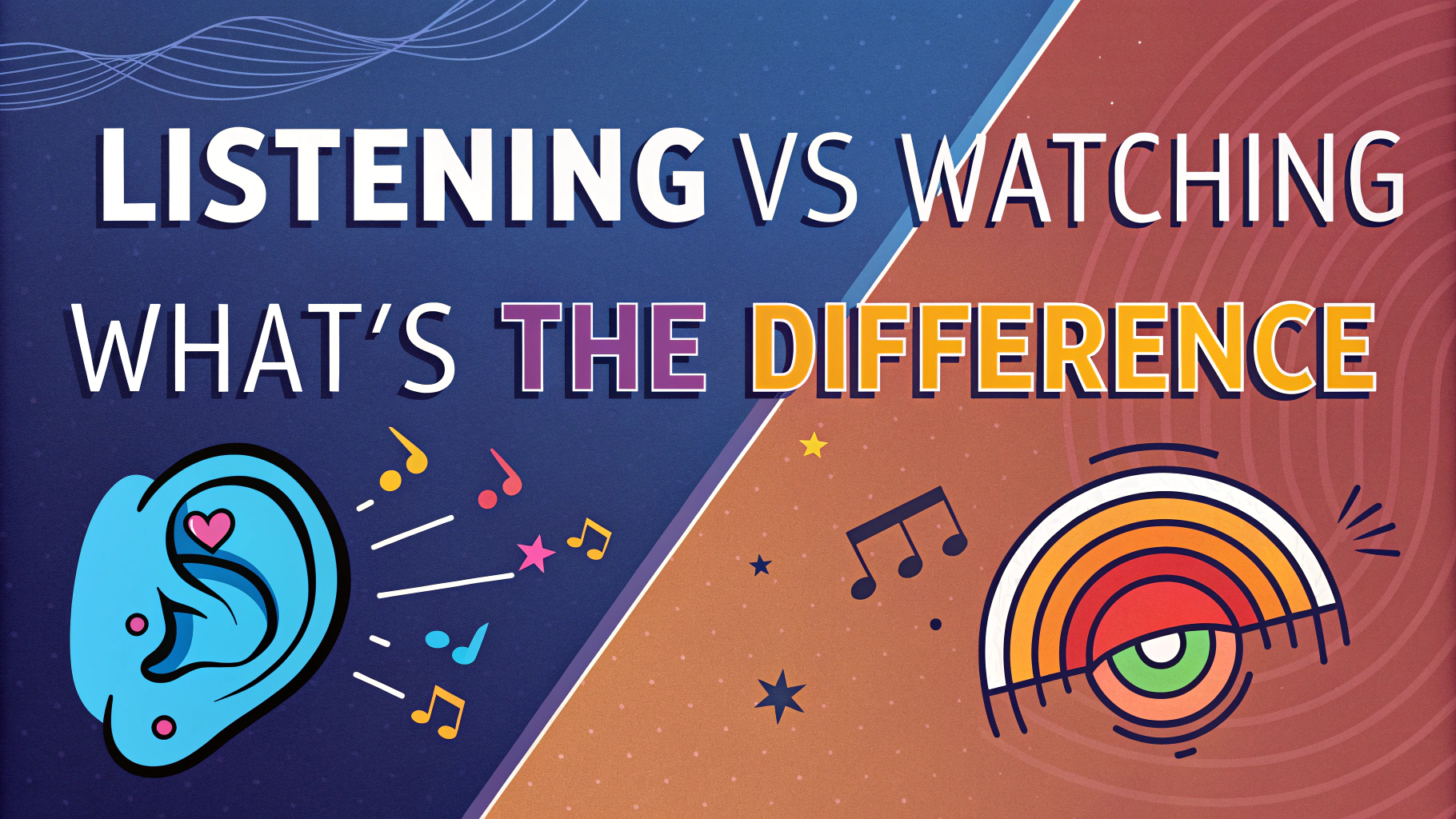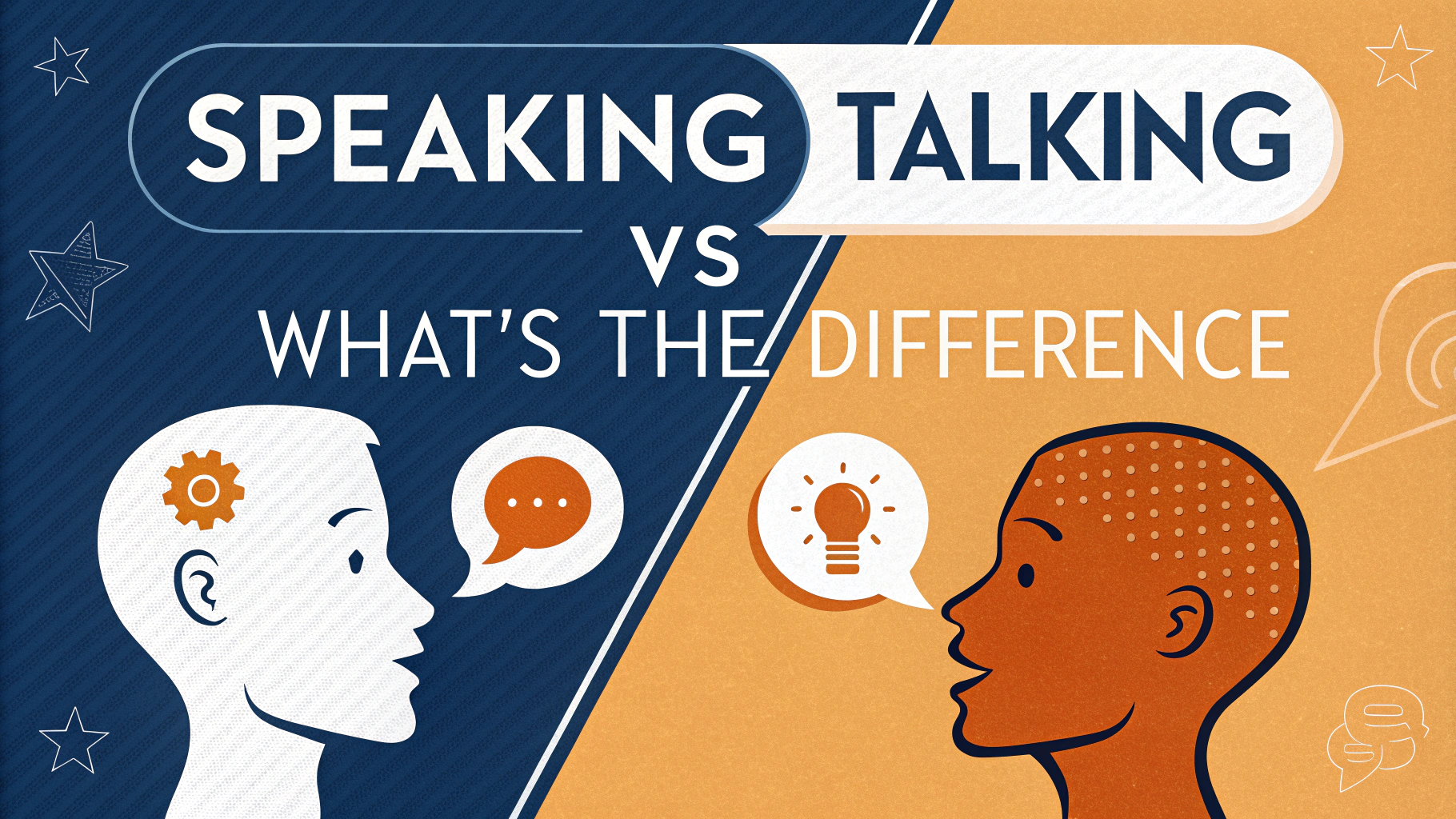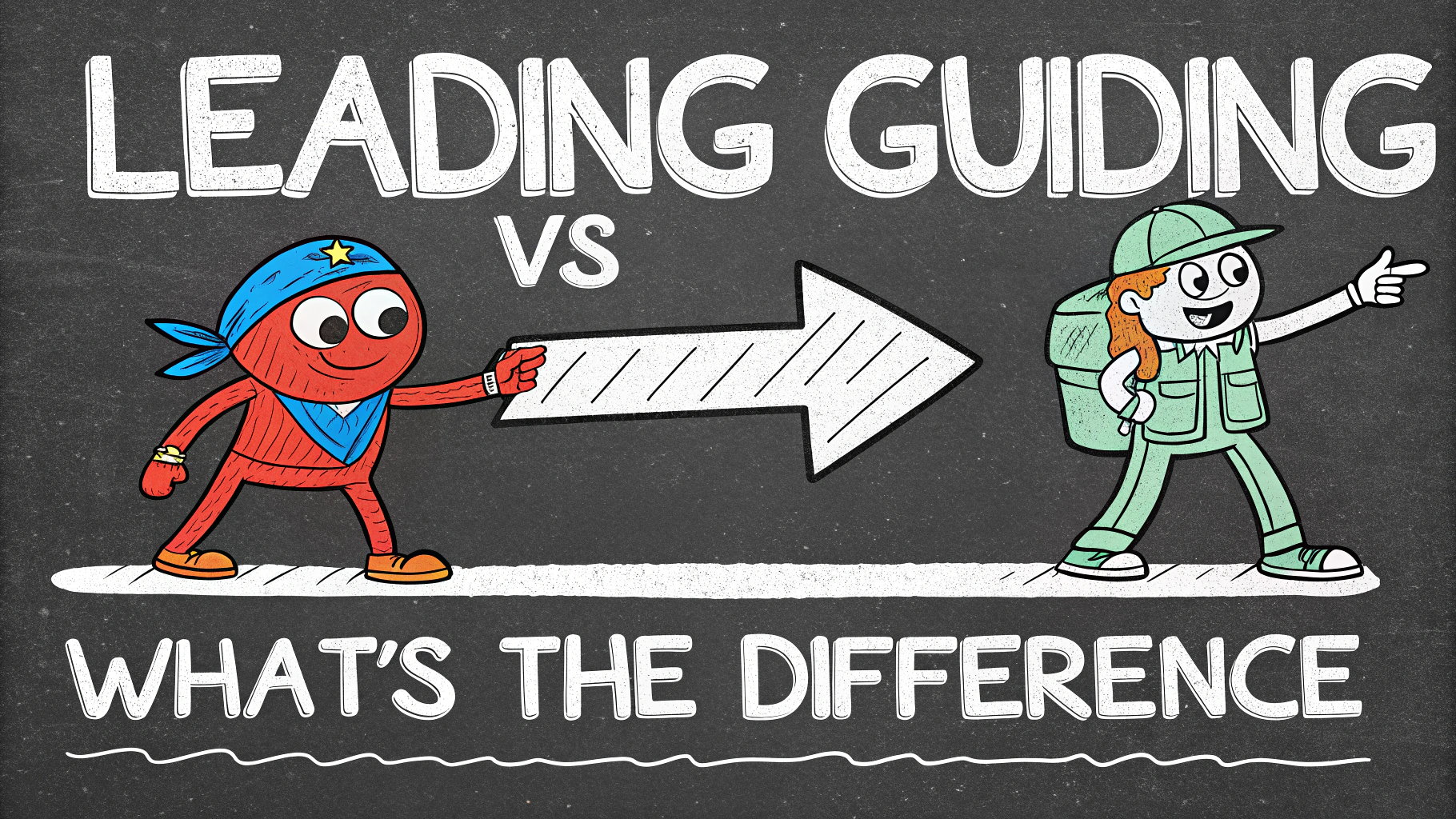Have you ever wondered about the real difference between a coat and a jacket? Many people use these terms interchangeably, but there are distinct characteristics that set them apart. This quick guide will help you understand the key differences, choose the right outerwear for various occasions, and make informed decisions when shopping.We’ll explore the main features of coats and jackets, their typical uses, and how to select the best option for your needs. By the end of this article, you’ll be able to confidently distinguish between these two types of outerwear and make the most appropriate choice for your wardrobe.
Key Features of Coats
Coats are generally longer and heavier than jackets, designed to provide maximum warmth and protection from the elements. They typically:
- Extend below the hips, often reaching mid-thigh or even ankle-length
- Feature thicker, insulating materials like wool, down, or synthetic fillings
- Have a more formal appearance, suitable for dressier occasions
- Include multiple layers for enhanced warmth and weather resistance
Examples of coats include:
- Trench coats: Classic, water-resistant outerwear for rainy weather
- Overcoats: Long, formal coats worn over suits or dress clothes
- Parka: Insulated, hooded coat for extreme cold weather
Characteristics of Jackets
Jackets are shorter and lighter than coats, offering more versatility and ease of movement. They typically:
- End at or above the hips
- Use lighter materials, making them suitable for layering
- Have a more casual, versatile appearance
- Offer less insulation but greater mobility
Common types of jackets include:
- Bomber jackets: Short, zippered jackets with a casual look
- Denim jackets: Classic, versatile jackets made from denim fabric
- Blazers: Tailored jackets often worn as part of business attire
Choosing Between a Coat and a Jacket
When deciding between a coat and a jacket, consider:
- Climate: Coats are better for colder weather, while jackets work well in milder temperatures
- Occasion: Coats are often more formal, while jackets can be dressed up or down
- Activity level: Jackets allow for greater movement, making them ideal for active lifestyles
- Layering needs: Jackets are easier to layer with other clothing items
Styling Tips for Coats and Jackets
Coats for Formal Occasions
When dressing up, choose a well-fitted coat that complements your outfit:
- Opt for neutral colors like black, navy, or camel for versatility
- Ensure the coat length matches your suit or dress length
- Consider a belted coat to accentuate your waistline
Jackets for Casual Wear
For everyday style, mix and match jackets with various outfits:
- Pair a denim jacket with a dress for a chic contrast
- Layer a bomber jacket over a hoodie for a streetwear look
- Dress up a t-shirt and jeans with a blazer for a smart-casual ensemble
Caring for Your Outerwear
Proper maintenance extends the life of your coats and jackets:
- Clean regularly: Follow care labels for washing or dry cleaning
- Store properly: Use padded hangers and breathable garment bags
- Repair promptly: Fix loose buttons or small tears immediately
- Waterproof: Apply waterproofing spray to protect against rain
Investing in Quality Pieces
When shopping for coats and jackets, consider:
- Material quality: Look for durable fabrics like wool, leather, or high-quality synthetics
- Construction: Check seams, buttons, and zippers for sturdy craftsmanship
- Versatility: Choose styles that work with multiple outfits
- Timeless design: Opt for classic cuts that won’t quickly go out of style
Conclusion
Understanding the differences between coats and jackets helps you make informed choices for your wardrobe. Consider the climate, occasion, and your personal style when selecting outerwear. By investing in quality pieces and caring for them properly, you’ll enjoy stylish and functional outerwear for years to come. Remember to experiment with different styles and layering techniques to create versatile looks for any season or event.
Coat vs. Jacket FAQs
- What’s the main difference between a coat and a jacket?
Coats are typically longer, extending past the hips, while jackets are shorter and end at or above the hips. Coats are generally heavier and provide more warmth. - Can a parka be considered a coat or a jacket?
A parka is usually classified as a coat due to its length and insulation properties, designed for extreme cold weather. - Are blazers considered jackets or coats?
Blazers are considered jackets. They are typically shorter in length and lighter in weight compared to coats. - What are the best coat materials for extreme cold?
The best coat materials for extreme cold include:- Down feathers
- Wool
- Synthetic insulation (e.g., Thinsulate)
- Fur (for ethical options, consider faux fur)
- How do you choose between a peacoat and a trench coat?
Choose a peacoat for a more casual, nautical-inspired look and better warmth. Opt for a trench coat for a classic, versatile style suitable for both casual and formal occasions, with better rain protection. - What’s the difference between a windbreaker and a rain jacket?
Windbreakers are lightweight jackets designed to protect against wind, while rain jackets are waterproof and designed to keep you dry in wet conditions. - Are leather jackets warmer than denim jackets?
Generally, leather jackets are warmer than denim jackets due to their denser material and better wind resistance. However, lined denim jackets can provide comparable warmth. - What’s the difference between a winter coat and a ski jacket?
Winter Coat Ski Jacket Designed for general cold weather Designed for winter sports May be less waterproof Highly waterproof and breathable Often longer in length Usually hip-length for mobility Various styles available Technical features (e.g., powder skirt, helmet-compatible hood) - How do you waterproof a fabric jacket?
To waterproof a fabric jacket:- Clean the jacket thoroughly
- Apply a waterproofing spray or wash-in treatment
- Allow the jacket to dry completely
- Reapply as needed, typically every few months of regular use
- What’s the difference between a fleece jacket and a softshell jacket?
Fleece jackets are made of soft, insulating synthetic fabric, ideal for dry, cold conditions. Softshell jackets combine insulation with wind and water resistance, suitable for more varied weather conditions. - How do you choose the right coat length?
Consider factors such as:- Climate (colder climates may require longer coats)
- Body type (longer coats can elongate shorter figures)
- Occasion (formal events often call for longer coats)
- Personal style preferences
- What’s the difference between a puffer jacket and a down jacket?
While both are insulated, puffer jackets can use various fillings (synthetic or down), while down jackets specifically use down feathers for insulation. Puffer jackets have a distinctive quilted appearance.

